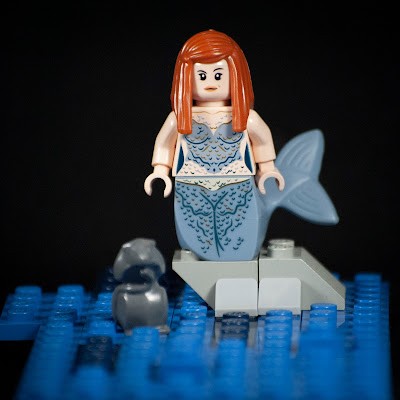St. Benedict of Nursia
When I was joining the Catholic church, I was torn between choosing as my confirmation saint either Benedict or Brigid. Each appealed to a different side of me: Brigid to hospitality, creativity, and love of nature, and Benedict to scholarship, work, and my desire for clear rules. I ended up choosing Brigid, but Saint Benedict is still very special to me.
Lifetime: 480-543
Region: Roman empire (modern Italy)
Patronages: Students; Europe; Against poison
Iconograpy: Black robes; Book of the Rule; Raven
Feast Day: July 11
Region: Roman empire (modern Italy)
Patronages: Students; Europe; Against poison
Iconograpy: Black robes; Book of the Rule; Raven
Feast Day: July 11
While studying in the Roman equivalent of college, Benedict began to see the error of the ways he was being raised in. He left school and gave up his inheritance to seek out solitude away from the city. Benedict lived a few years as a hermit.
During his time of solitude, Benedict underwent temptations and spiritual battles, but through his victory against the demons that plagued him, he gained healing and clarity. He began to gain a following, and a community of monks begged Benedict to leave the cave he was living in and lead their small community. Benedict warned that he would be too strict for them, but the monks insisted nonetheless, so he agreed and went on to lead the group.
It didn't take long, however, for Benedict's warning to prove true. The monks grew to detest him so much that they poisoned his wine in order to free themselves of his strict leadership. But as Benedict blessed the wine, the cup shattered, sparing him from death. The conspirator confessed to his crime, and Benedict returned to solidarity.
But it seems that his short time with that community had an impact on Benedict. After only a few more years alone, he again left the wilderness, this time to found his own monastery. Benedict ended up founding twelve small monasteries, each with twelve monks living together.
Even this was not to last long, though. Benedict was quickly growing famous for the spiritual strength of his communities. And with that success, unfortunately, came envy. Another priest, jealous of his success, again tried to poison Benedict, this time by serving him poisoned bread. But Benedict had befriended a raven, feeding it bread each day from his share. The raven, sent by God to protect Benedict, plucked the bread from his hand before he could eat it, and deposited it out in the forest where none would find it.
So Benedict again left the monasteries he led. Benedict didn't go alone into the wilderness this time, though. Instead, he went right back to work, founding a new, larger abbey, an abbey which following Benedict's leadership would go on to become the most famous abbey in all of Europe. To guide this new community, Benedict established his Rules (also called The Rule of St. Benedict) to outline the expectations of any monks who would join his abbey. The Rules were established on the basis of Prayer and Work (ora et labora in Latin, which often appears on his icons). This Rule shaped how religious communities would be formed ever since, and is still used in many monasteries today.






